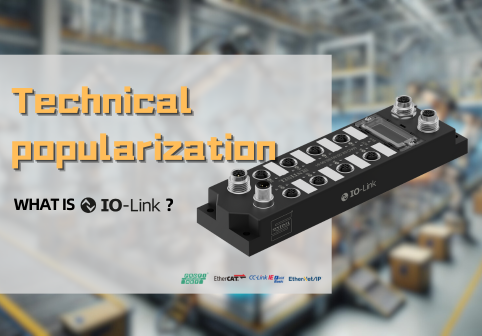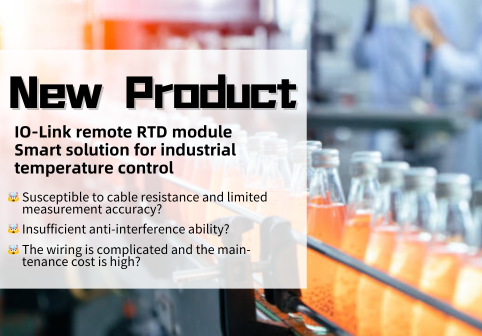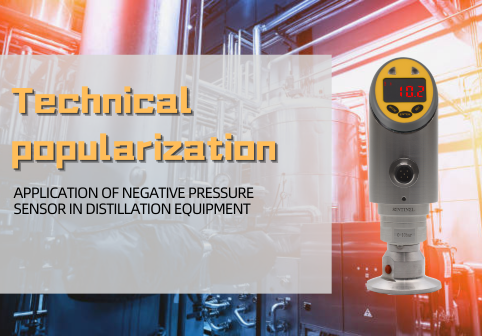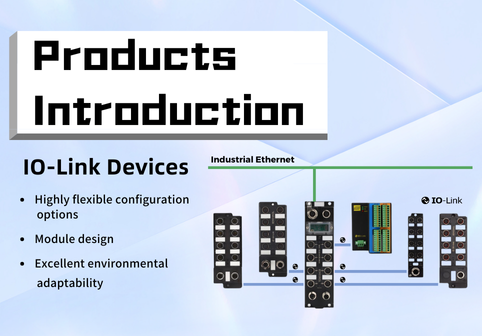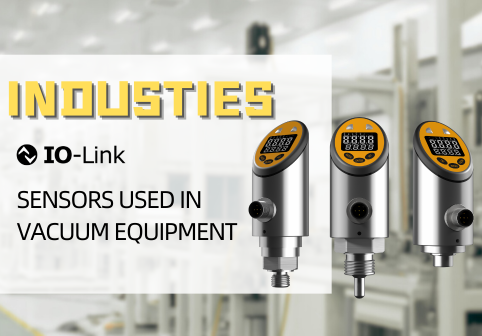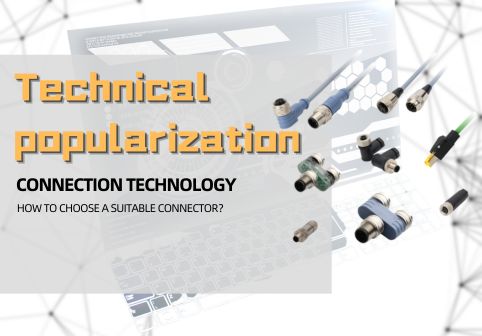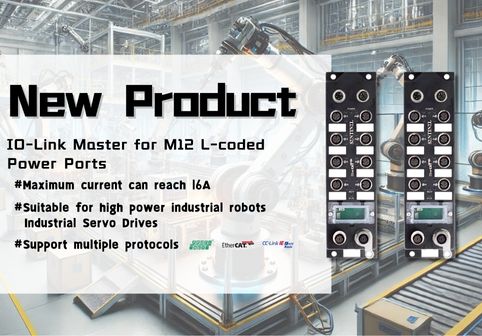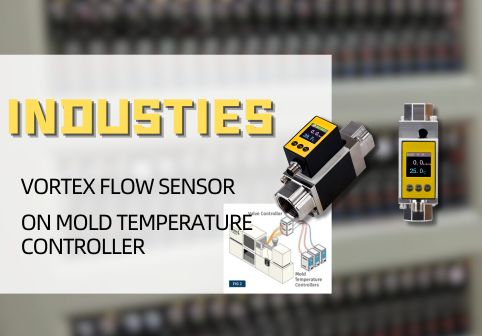Technical Documentation | Why Can 24V Still Damage Equipment? A Look at the Most Overlooked Power Supply Details in Industrial Settings
In automation systems, 24 V DC has almost become the default standard for field power supply. It's commonly referred to as a "safe voltage," but every engineer knows—24 V is never absolutely safe.
During field commissioning, issues like module restarts, communication failures, or burned interfaces often aren’t due to product defects, but rather overlooked power supply design details. While the power supply may seem like a simple "power source," it actually plays a critical role in ensuring system stability, noise immunity, and protection mechanisms. Whether or not a system can run stably over the long term depends heavily on how well the power architecture is designed.
SENTINEL’s Power Architecture: Stability Starts with Design
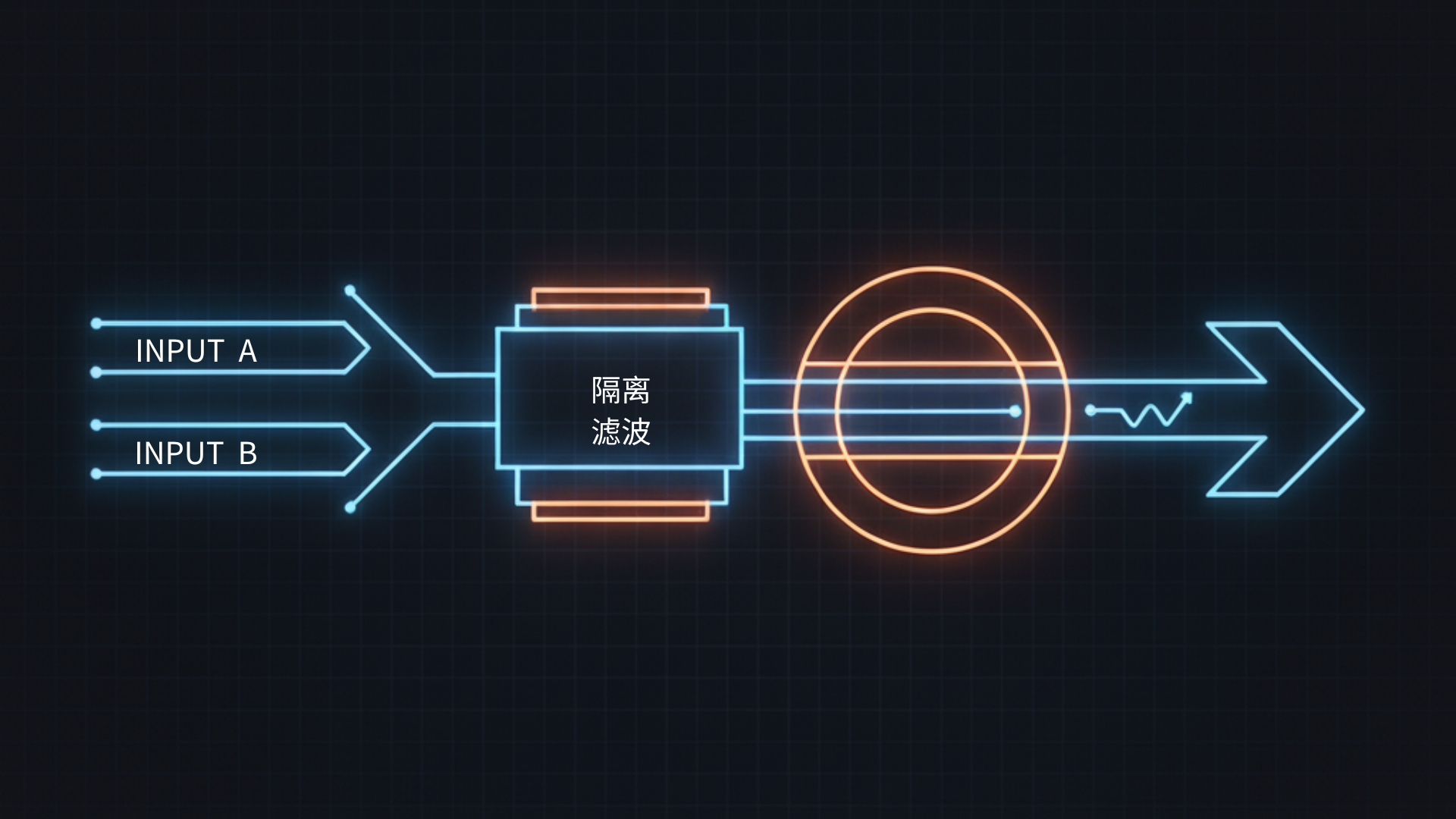
Take SENTINEL’s module products as an example. Their power supply sections are enhanced right from the design stage to withstand harsh industrial conditions.
The modules adopt a dual power input structure, separating logic and load power to prevent large current fluctuations from interfering with communication. Internally, isolation and filtering circuits suppress high-frequency noise and voltage surges, ensuring communication stability. Additionally, short-circuit and overcurrent protection mechanisms automatically cut off power to abnormal loads, preventing channel damage or primary power supply failure. This design philosophy provides strong anti-interference and self-protection capabilities.
Commonly Overlooked Details in the Field
Even the most robust design requires proper field application. Through years of maintenance and commissioning experience, we’ve compiled a few proven suggestions:
- Power different zones separately to reduce interference. Supply IO-Link masters, solenoid valves, and power loads independently to avoid ground loop crosstalk.
- Use high-quality power supplies with sufficient margin. Choose industrial power units with overvoltage/undervoltage protection and ripple below 50 mV, and reserve at least 20% capacity margin.
- Pay attention to grounding and shielding. Use single-point grounding and metal shielded cables in communication-intensive areas to minimize common-mode interference.
- Manage voltage drop. If power cables exceed 10 m, increase the wire gauge or run parallel wires.
- Add surge absorbers for inductive loads. For motors and coils, connect TVS diodes or RC snubbers in parallel to prevent reverse current surges.
These details may seem minor, but they often determine whether a system runs “stably” or “crashes intermittently.”
Case Study: A “Half Failure” Power Supply Warning
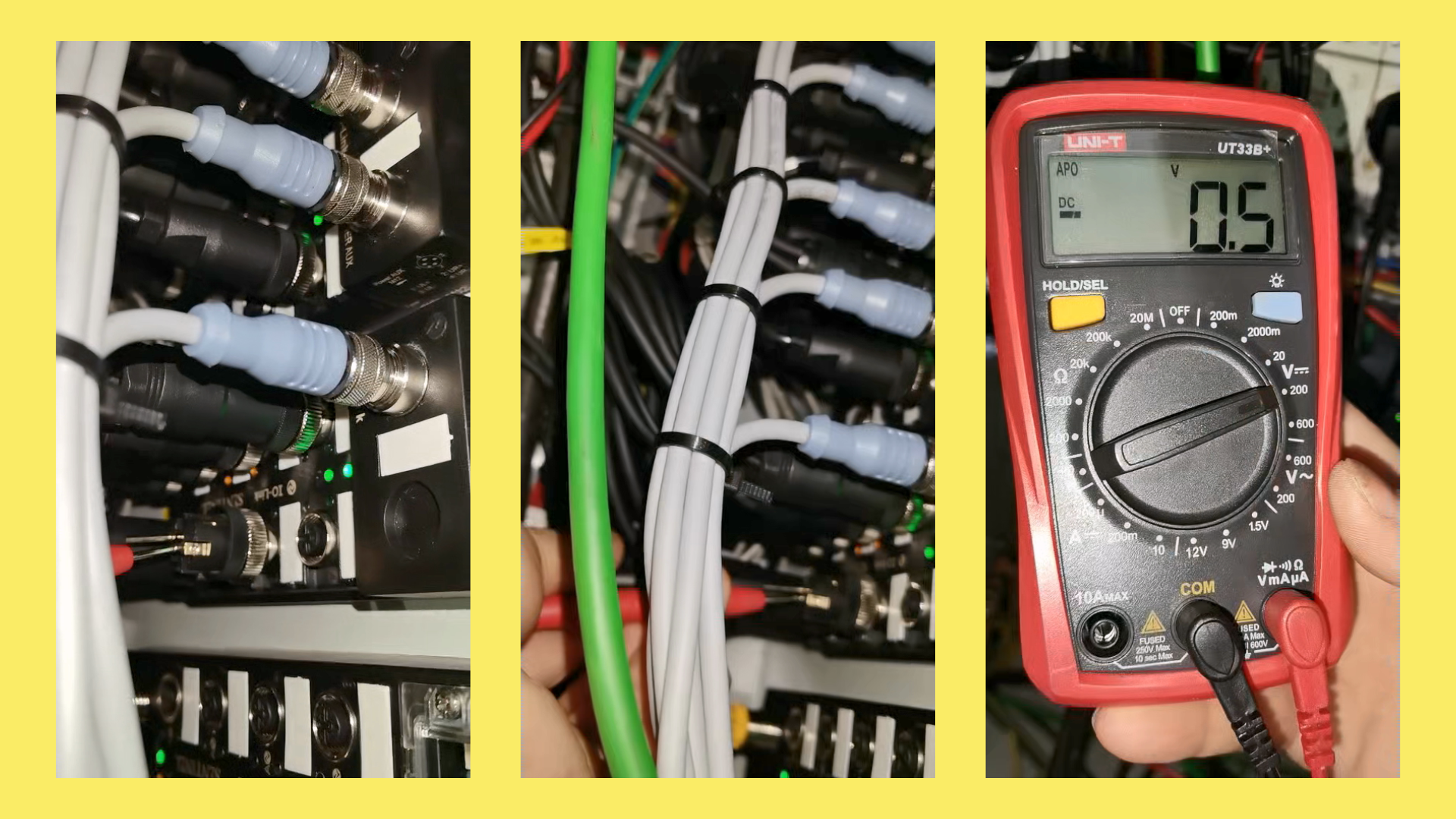
On a packaging line, a customer reported an IO-Link slave module issue—half of its eight ports weren’t receiving signals, and a multimeter detected no voltage.
We quickly determined it wasn’t a communication failure, but rather that the power protection circuit had been triggered. We advised the customer to check the wiring, especially for short circuits. Indeed, one set of ports was miswired, causing a short.
SENTINEL’s slave modules divide the 8 I/O channels into two independently powered groups, each with electronic short-circuit protection. When a short occurs, only that group’s power is cut off—preventing further damage. Thanks to this design, only part of the module was affected, and the rest remained functional. After fixing the short and powering back on, the module resumed normal operation.
This case clearly demonstrates that proper power segmentation and protection design not only prevent damage, but also act as the last line of defense for field reliability.
Power Awareness: The “Invisible Guarantee” of System Reliability
During field debugging, engineers often focus on signal logic or communication protocols while overlooking the foundational role of the power system. In fact, power issues are one of the leading causes of field failures. Voltage drops, shared grounds, surges, or poor cable layout can all result in module disconnections, resets, or false triggers.
The power system must not only “supply power,” but also do so stably, precisely, and with self-protection mechanisms in place. It’s both the entry point of energy and the frontline of system defense. SENTINEL’s module designs feature power zoning, isolation and filtering, and short-circuit protection, giving them self-defense and fault-tolerance capabilities in complex environments—reducing field maintenance from the source.
Conclusion: A Stable Power Supply Enables a Stable System
In industrial automation, power stability directly determines the reliability of communication and control. From masters to slaves, from relay modules to sensors—only on a solid power architecture can the system achieve long-term, trouble-free operation.
SENTINEL has always adhered to the philosophy that “reliability starts with power.” Whether it’s interface zoning, surge protection, or short-circuit isolation, we plan for safety margins during the design phase.
A stable power supply is the starting point of reliable communication.
Let every signal be securely transmitted on a solid 24 V foundation.
Customer Support & Service
To learn more about SENTINEL’s products, please contact our sales team or call 022-83726972. You can also visit our website at www.sentinel-china.com. The website provides comprehensive product information, selection guides, CAD and Eplan files, as well as configuration documents and tutorials to help users easily access what they need.
Our professional technical team is always ready to offer customized customer support and efficient after-sales service, ensuring maximum value for every user.


